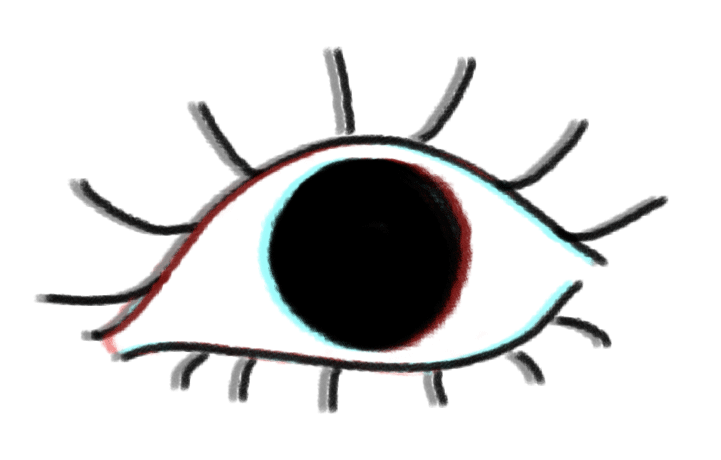Design Sprint Planning
- Helen

- Mar 27, 2021
- 2 min read
For DES200's Assignment 1: Digital Experiments, we exercised the use of design sprint planning to help us become familiar with the industry's prototyping process. This was achieved on Miro for the design exercises of UI/UX, 3D, and VR.
The first design sprint planning I did was for the UI/UX exercise of re-imaging the AT app:

To create a re-imaged app that was faithful to the original design, it was important to first research and understand the precedents relevant to this exercise. Therefore one of the steps which were most prioritised were 0, 1, and 2 so that I have a solid understanding of the brief and what defines the AT app’s experience. Once the foundations were established, the next step was to modify the experience to be more suitable for a six-year-old. While step 3 was important in determining the look and feel of the app, what was most prioritised was step 4 in bringing the UI/UX to life.
The 3D exercise of recreating a favourite childhood toy for a poster was the second design sprint planning done:

While the UI/UX design had a pre-established product to be directly worked with, the recreation of a childhood toy provided a lot more freedom with how this prototype will be executed. Since design conventions for posters didn’t require much additional research and I was sticking with the traditional soft toy design, I prioritised the making of my prototype in step 4. Since the precedents, especially for the poster, in step 1 weren’t the most specific to toys, step 4 and 5 were important for me to determine whether the conventions applied were successful. This helped remove the context of my childhood toy from the prototype and make it appeal to a wider audience.
Reimagining a favourite childhood space was the final design sprint planning done for this assignment:

After two completed design sprint planning, I was feeling much more confident with working in this format, so since the brief was akin to the 3D exercise, I prioritised steps 2 and 4. Due to the limited availability of my test users, it was crucial to finish the prototype as early as possible. With prior experience, I was able to execute the first parts of the sprint rather quickly, thus leaving sufficient time for the prototype. As a result, I was able to dedicate multiple days for user testing to best suit subjects’ schedule. Overall, despite the workload and tight deadlines, this design sprint planning ran the smoothest.




Comments